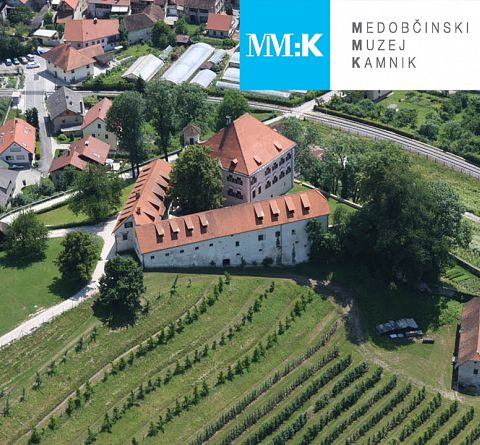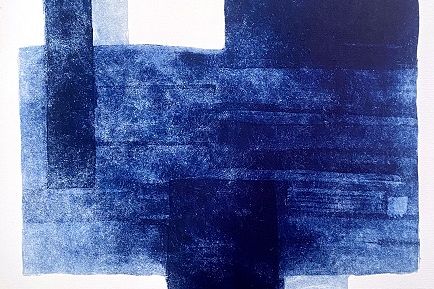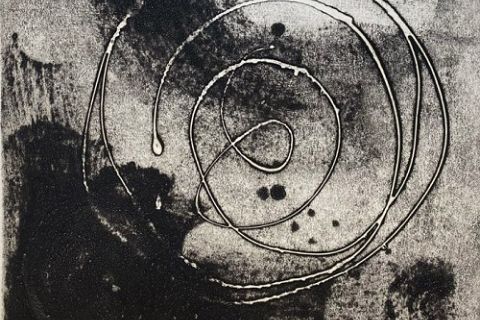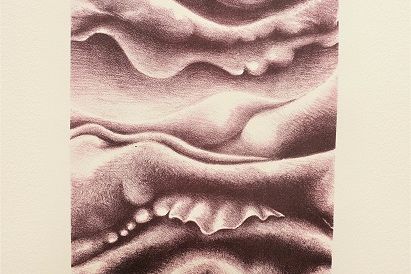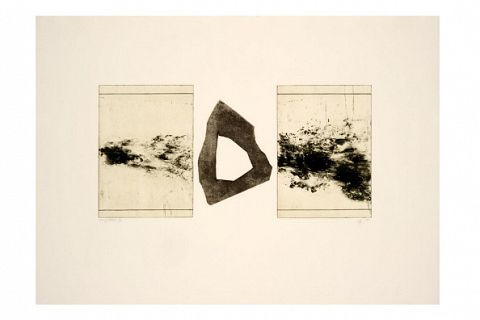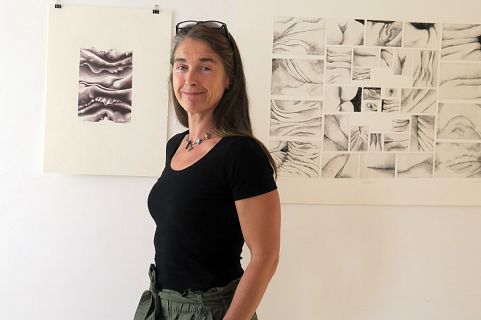Spaces of emptiness
The exhibition Spaces of emptiness connect four young artists in one place: Gloria Ana Lupus, Pika Gačnik, Monika Plemen and Eva Šuster, who are dedicated to graphics and its wide range, which offers many techniques and thus countless possibilities for artistic expression. Each of the authors writes down her thoughts, her own wishes, vision and, last but not least, her impressions in her prints, which each draws for herself from the world of intangible, abstract language.
If graphics may have lost their place for a short time, today we can observe its resurgence, its range and progress, where classic graphic techniques are connected with modern derivatives. In the increased interest in graphics, the Slovenian space is also following world guidelines in art, and young authors prove every year that everything is actually possible in this medium, and at the same time, graphics offer that finishing touch, which is called the unexpected. And it is the latter that means an endless challenge.
For the four female authors, this challenge offers everything that modern artistic expression has – an exploration of the medium and at the same time the vagueness that arises when we imprint our record on a medium.
The four female authors adapt various graphic techniques to their artistic expression, use one in which they find a multitude of expressions and a challenge to convey both their inner feeling of themselves and society, as well as to find in the technique itself the very thing in which they can most authentically record their paths of research various motifs and artistic problems.
Gloria Ana Lupus intervenes in the depth of a single color and, in a combination of aquatint and reservage, explores color dimensions within monochrome.
In abstract language, we can also follow the graphics of Pike Gačnik. Her works are made in a derivative of the collagraphy graphic technique, an intaglio printing technique, where sand or some other material is applied to the basic drawing made with glue.
Monika Plemen’s graphic cycles, in which lithography and drypoint alternate technically, are based on the body as an object of the author’s interest.
In her works, Eva Šuster combines etching and reservations. In the works, we follow reflections that are linked to memories from the artist’s experienced world.



